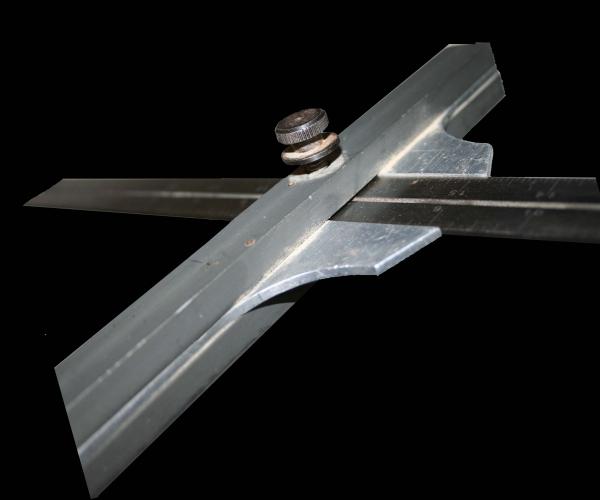i just assembled my new table saw rigid R4560. there are a few issues that i dont like, most of which is the fence. i know, its a $650 saw, but still.
for starters, the front and rear rails are 2 pieces of angle, that are to different sizes (one is about a 16th larger), instead of one continuous piece. the fence guide, is also 2 pieces. when placing my 4 ft level across the front of the assembled 2 piece fence guide, it is noticeably uneven. when clamped in place, the hook on the back of the fence isn't even touching the rail. there is a little bit of play in the back, but it takes a good bit of force side to side to show.
i took a lot of time squaring everything with the miter slots using rockler's alignment gauge. i was able to get the blade within .00015" of the slot, but the fence still has between .005 and .010" of runout from front to back when locked, and it's different on each side.
any recommendations on a replacement fence? i haven't even turned this thing on yet, but i feel like it has good bones, it just needs a little tweaking.
thanks for any help.
for starters, the front and rear rails are 2 pieces of angle, that are to different sizes (one is about a 16th larger), instead of one continuous piece. the fence guide, is also 2 pieces. when placing my 4 ft level across the front of the assembled 2 piece fence guide, it is noticeably uneven. when clamped in place, the hook on the back of the fence isn't even touching the rail. there is a little bit of play in the back, but it takes a good bit of force side to side to show.
i took a lot of time squaring everything with the miter slots using rockler's alignment gauge. i was able to get the blade within .00015" of the slot, but the fence still has between .005 and .010" of runout from front to back when locked, and it's different on each side.
any recommendations on a replacement fence? i haven't even turned this thing on yet, but i feel like it has good bones, it just needs a little tweaking.
thanks for any help.





